GCC Mobile Augmented Reality Market Segment Insights
Mobile Augmented Reality Market Application Insights
The Application segment of the GCC Mobile Augmented Reality Market is witnessing significant growth, driven by various factors across its diverse uses such as Gaming, Education, Retail, Healthcare, and Real Estate. With the region's youth demographic increasingly engaged in mobile gaming, the gaming sector showcases a major influence in shaping the market dynamics, leveraging advanced AR technologies to amplify user experiences. Education is another vital area where augmented reality manifests tremendous potential, enhancing learning environments through interactive and immersive experiences that captivate students' attention and deepen their understanding.
In the Retail sector, brands are adopting AR to create engaging shopping experiences, allowing consumers to visualize products in real-time at their convenience, a trend that has gained momentum in GCC countries as they aim to enhance customer engagement and drive sales. Healthcare applications have also emerged as a critical component, utilizing AR for surgical simulations, training healthcare professionals, and improving patient outcomes through comprehensive visual aids. Furthermore, in Real Estate, augmented reality is revolutionizing property viewings and architectural explorations by allowing potential buyers to interact with properties virtually, thereby transforming the buying process in a fast-paced market.The combination of high smartphone penetration, increasing demand for innovative solutions, and supportive government initiatives aiming to foster technological advancements substantiate the rising significance of the Application segment in the GCC Mobile Augmented Reality Market.
As the market evolves, the interplay of these applications highlights opportunities for growth while addressing challenges such as technology adoption and infrastructure development within the region. Overall, the segment plays a crucial role in shaping how consumers interact across various industries in GCC, thereby propelling further advancements within the Mobile Augmented Reality ecosystem.

Source: Primary Research, Secondary Research, MRFR Database and Analyst Review
Mobile Augmented Reality Market Device Type Insights
The Device Type segment of the GCC Mobile Augmented Reality Market is pivotal in shaping the region's technological landscape. Smartphones are leading this segment due to their widespread usage and advanced graphics capabilities, making them the most accessible platform for augmented reality applications. Tablets, while not as dominant as smartphones, provide larger screens and enhanced user experiences which cater to educational and commercial applications, attracting a niche market. Wearable Devices, including smartwatches, are quickly gaining traction as they offer seamless integration with mobile applications and convenience for users on the go.
Smart Glasses, though currently in a phase of gradual adoption, hold significant promise as they deliver immersive experiences and hands-free functionality, particularly in sectors like healthcare and training. The rising demand for innovative and interactive experiences in the GCC region serves as a catalyst for growth in the Device Type segment. Government initiatives promoting technology innovation further bolster opportunities within this market, allowing for diverse applications across entertainment, education, and retail. As these devices evolve, they will play an integral role in driving the future of augmented reality applications in the GCC.
Mobile Augmented Reality Market Technology Insights
The Technology segment of the GCC Mobile Augmented Reality Market represents a dynamic and rapidly evolving landscape, largely driven by advances in digital technology and increasing smartphone penetration. Within this segment, various approaches enhance user experience and engagement, with Marker-Based Augmented Reality being significant for its ability to overlay digital content onto real-world objects using physical markers. Markerless Augmented Reality, gaining traction for its ease of use, allows for immersive experiences without the need for specific markers, making it ideal for applications in tourism and education.
Moreover, Projection-Based Augmented Reality, which projects visual information onto surfaces, is increasingly utilized in retail and event demonstrations, offering interactive ways to showcase products. Additionally, Superimposition-Based Augmented Reality excels in offering real-time overlays, crucial for sectors like healthcare and training, where precise information is vital. The GCC region's investments in digital infrastructure and a growing demand for innovative mobile applications are propelling this market forward, indicating robust growth potential and diverse opportunities for technology developers in the realm of Mobile Augmented Reality.
Mobile Augmented Reality Market End Use Insights
The GCC Mobile Augmented Reality Market showcases a diverse range of applications across different end uses, significantly contributing to its growth and evolution. Individual users are increasingly embracing augmented reality for entertainment, education, and shopping experiences, reflecting a demand for personalized and interactive content. This segment fosters innovation in mobile applications and consumer engagement strategies. Meanwhile, enterprise users leverage augmented reality technologies for training, maintenance, and design processes, enhancing operational efficiency and workforce productivity.The rise of Industries 4.0 within the GCC region further drives this trend as organizations realize the potential of augmented reality in streamlining business operations.
The government sector is also recognizing the benefits of augmented reality, integrating it into urban planning and public services to enhance transparency and citizen involvement. By supporting initiatives that promote smart city development and technological advancement, the government plays a crucial role in shaping the future of augmented reality and its applications across various sectors, emphasizing its importance in smart and sustainable development initiatives in the GCC region.This blend of individual, enterprise, and government utilization drives the momentum for mobile augmented reality, leading to a rich and varied landscape of possibilities.


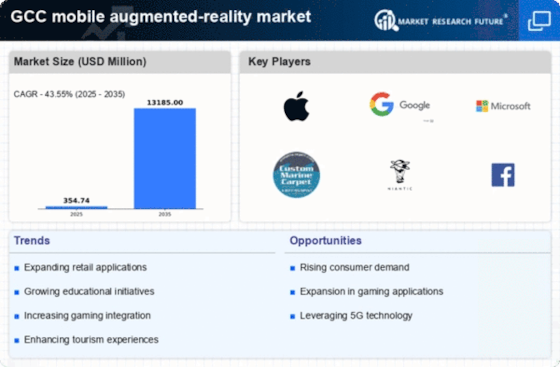


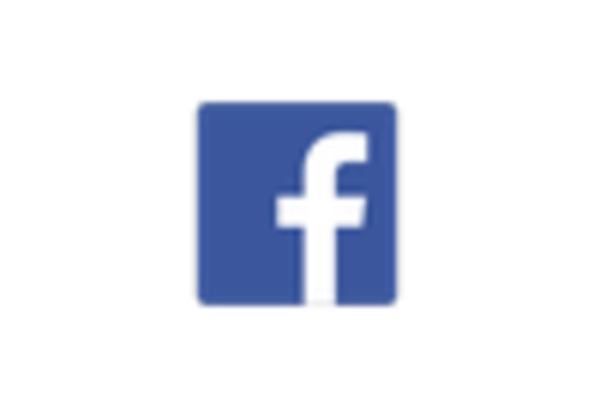
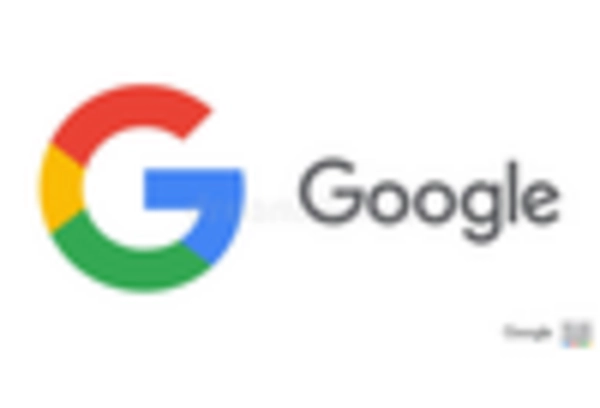
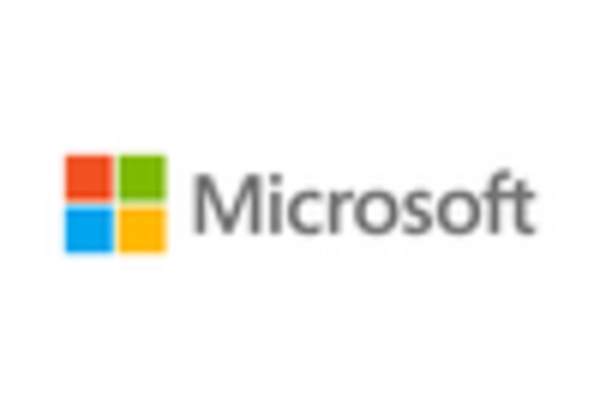

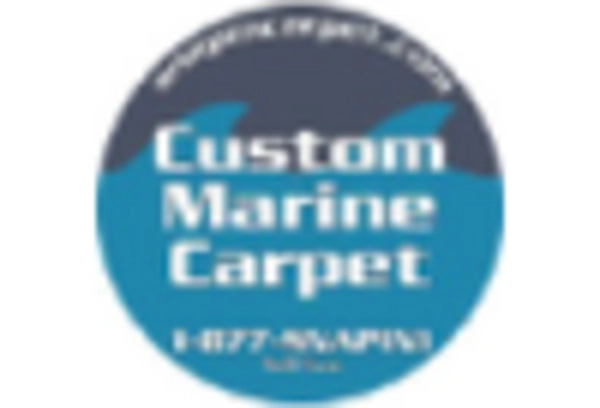








Leave a Comment